
How many mammal species are there now? Updates and trends in taxonomic, nomenclatural, and geographic knowledge url: academic.oup.com/jmammal/arti...
21.09.2025 13:13 — 👍 62 🔁 13 💬 1 📌 0@mariasagot.bsky.social
Associate Professor at SUNY Oswego | Bat Behavioral Ecologist | She/her 🦇

How many mammal species are there now? Updates and trends in taxonomic, nomenclatural, and geographic knowledge url: academic.oup.com/jmammal/arti...
21.09.2025 13:13 — 👍 62 🔁 13 💬 1 📌 0
Inferential theories are on the rise in cognitive science. But what does it mean to infer? Check out our take on inference across a variety of (neuro)cognitive systems.
18.09.2025 18:54 — 👍 20 🔁 7 💬 0 📌 0This is a helpful guide for students new to the publishing game. A step-by-step guide to getting your manuscript across the finish line, from start to finish.
I appreciate how it doesn't assume hidden curriculum and is informed by the author's experience with English not being his first language.

A collage of bat photos of species from around the world. Photos are contributions from photographers who have kindly allowed us to use their work for education and conservation. Text reads "Celebrate Bats!" and 1500.
#BREAKINGNEWS 🦇🌍 The world now has 1,500 recognized bat species! 🎉 The global list at www.batnames.org just hit this milestone. New bats are found through fieldwork in remote places & genetic discoveries. Amazing biodiversity news! #Bats #Biodiversity #BatsNeedFriends
18.09.2025 16:35 — 👍 101 🔁 41 💬 3 📌 3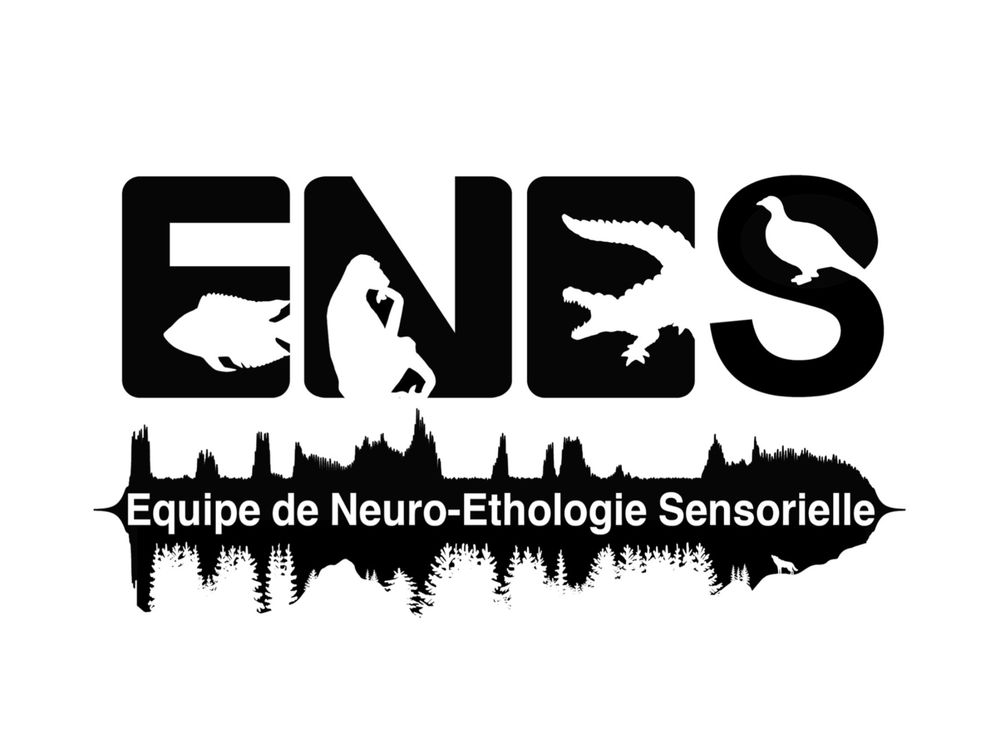
Bioacoustics Winter School - January 2026
Time to apply! 👇Program and application form👇
www.eneslab.com/bioacoustic-...
Interested in simulating the kind of data that you might commonly find in evolutionary and ecological studies?
Then we have the R package for you - squidSim!!
Check our new preprint:
ecoevorxiv.org/repository/v...

Our latest research highlights the importance of dry grasslands for bats 🦇🦇🦇
www.sciencedirect.com/science/arti...
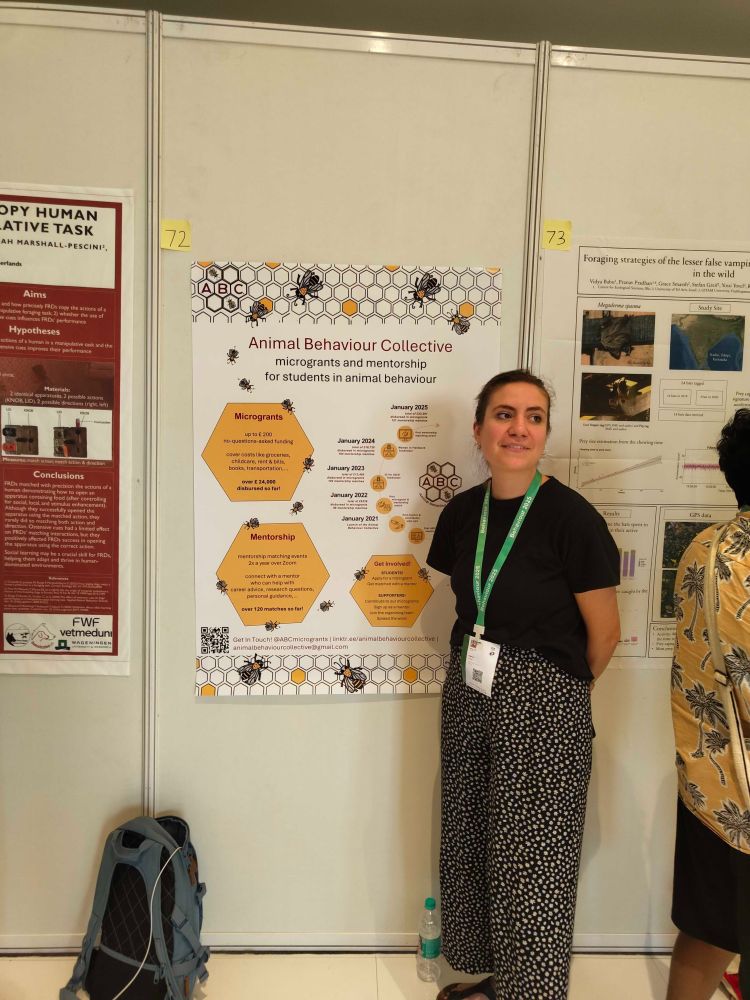
@delphinedemoor.bsky.social was present at the Behaviour 2025: XXXVIII International Ethological Congress and took the opportunity to spread the ABC mission 👏 We’ve prepared resources, like logos and email templates, for everyone to reach more students, mentees, donors: https://linktr.ee/animalbehaviourcollective
@delphinedemoor.bsky.social was present at the Behaviour 2025: XXXVIII International Ethological Congress and took the opportunity to spread the ABC mission 👏
We’ve prepared resources, like logos and email templates, for everyone to reach more students, mentees, donors: linktr.ee/animalbehavi...

Would you like some good news? A new vaccine has just been approved for protecting koalas from chlamydia, which is one of their leading causes of death.
11.09.2025 12:05 — 👍 1938 🔁 543 💬 35 📌 61I've been a pescatarian for 25+ years but recently I also stopped eating octopus. They're amazing.
11.09.2025 12:09 — 👍 57 🔁 4 💬 7 📌 0
New paper on precise tool use learning in carrion crows @currentbiology.bsky.social. We show that—like New Caledonian crows—expert carrion crows pay close attention to the working end of their tool, suggesting tool integration into their peripersonal space. 🧵 & vids! 👇
www.cell.com/current-biol...

I am beyond excited to announce that ggplot2 4.0.0 has just landed on CRAN.
It's not every day we have a new major #ggplot2 release but it is a fitting 18 year birthday present for the package.
Get an overview of the release in this blog post and be on the lookout for more in-depth posts #rstats

Abstract: Under the banner of progress, products have been uncritically adopted or even imposed on users — in past centuries with tobacco and combustion engines, and in the 21st with social media. For these collective blunders, we now regret our involvement or apathy as scientists, and society struggles to put the genie back in the bottle. Currently, we are similarly entangled with artificial intelligence (AI) technology. For example, software updates are rolled out seamlessly and non-consensually, Microsoft Office is bundled with chatbots, and we, our students, and our employers have had no say, as it is not considered a valid position to reject AI technologies in our teaching and research. This is why in June 2025, we co-authored an Open Letter calling on our employers to reverse and rethink their stance on uncritically adopting AI technologies. In this position piece, we expound on why universities must take their role seriously toa) counter the technology industry’s marketing, hype, and harm; and to b) safeguard higher education, critical thinking, expertise, academic freedom, and scientific integrity. We include pointers to relevant work to further inform our colleagues.

Figure 1. A cartoon set theoretic view on various terms (see Table 1) used when discussing the superset AI (black outline, hatched background): LLMs are in orange; ANNs are in magenta; generative models are in blue; and finally, chatbots are in green. Where these intersect, the colours reflect that, e.g. generative adversarial network (GAN) and Boltzmann machine (BM) models are in the purple subset because they are both generative and ANNs. In the case of proprietary closed source models, e.g. OpenAI’s ChatGPT and Apple’s Siri, we cannot verify their implementation and so academics can only make educated guesses (cf. Dingemanse 2025). Undefined terms used above: BERT (Devlin et al. 2019); AlexNet (Krizhevsky et al. 2017); A.L.I.C.E. (Wallace 2009); ELIZA (Weizenbaum 1966); Jabberwacky (Twist 2003); linear discriminant analysis (LDA); quadratic discriminant analysis (QDA).

Table 1. Below some of the typical terminological disarray is untangled. Importantly, none of these terms are orthogonal nor do they exclusively pick out the types of products we may wish to critique or proscribe.

Protecting the Ecosystem of Human Knowledge: Five Principles
Finally! 🤩 Our position piece: Against the Uncritical Adoption of 'AI' Technologies in Academia:
doi.org/10.5281/zeno...
We unpick the tech industry’s marketing, hype, & harm; and we argue for safeguarding higher education, critical
thinking, expertise, academic freedom, & scientific integrity.
1/n

Promotional graphic for Gale Sinatra’s Scopes Symposium lecture Science Denial and Teaching Evolution. Gale Sinatra, wearing glasses and a patterned shirt, stands at a podium speaking with a smile. The text reads “Gale Sinatra – Science Denial and Teaching Evolution.” Logos for Vanderbilt Evolutionary Studies and the National Center for Science Education are at the bottom, along with a small image of two raised hands pressed against glass.
Science denial is real — but so are tools for teaching #evolution effectively.
@galesinatra.bsky.social unpacks both in her #Scopes100 talk, now on YouTube: https://loom.ly/8SIzwSA
@ncse.bsky.social

Dan Riskin from The Bat Signal made a really cool video about our recent publication.
youtube.com/@followtheba...


Do I know anyone in North West Texas (Lubbock or nearby) who want to adopt a dog? My colleagues are moving aboard for two years and can't take theirs with.
22.08.2025 18:31 — 👍 33 🔁 21 💬 1 📌 3
🚨 My first #PhD chapter is now out in Biological Reviews @camphilsoc.bsky.social.
We explore the link between non-breeding sociality and territoriality. 🦉⚔️
Check it out here: doi.org/10.1111/brv....

Cecilia Montauban receiving an award for the best talk presentation at IBRC
Cecilia Montauban is taking the bat world by storm — a rising superstar with a brilliant future! @imperialcollegeldn.bsky.social @josephtobias.bsky.social @ibrc2025.bsky.social
08.08.2025 23:13 — 👍 13 🔁 2 💬 1 📌 0
🫠. A tree came out today with 9,072 bird species, all placements based on actual DNA. It looks like they used eBird 2022 taxonomy; 10,096 were recognized back then. That means these folks just dropped (molecularly well informed) knowledge on 83% of the world's birds.
www.cell.com/current-biol...

“… participants who saw sick-looking faces in virtual reality showed changes in brain activity related to personal space monitoring and threat detection. Additionally, the activity of certain immune cells in the blood increased.”
#scicomm
#sensoryecology
www.sciencenews.org/article/seei...
🧪 🦠 🧠
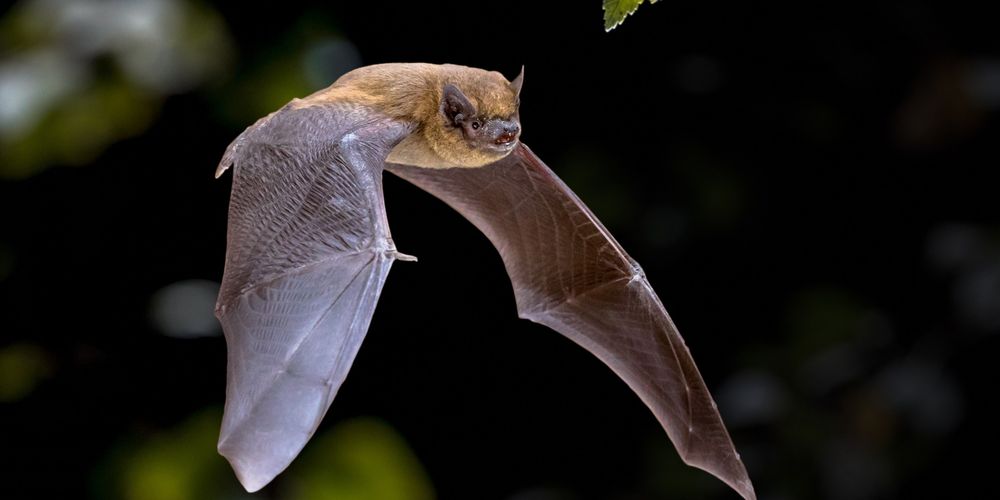
Bats save the economy billions by acting as natural insecticides , yet they don't count in GDP calculations like pesticides do.
In this blog, Matilda Dunn, policy analyst, shares reflections on how to make nature visible in decision making: buff.ly/qbqIN8J

We have a new preprint out! In work led by Rebecca Koch, we investigated red carotenoid metabolism in house finches and find that these birds are likely using a different mechanism than other red bird species.
www.biorxiv.org/content/10.1...
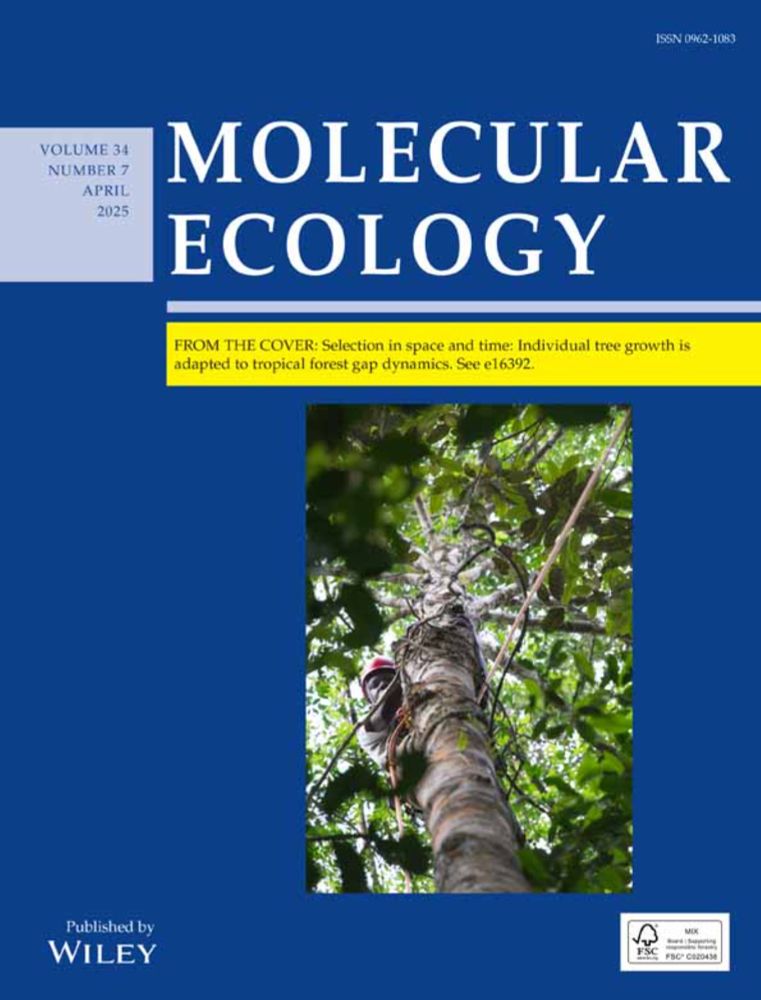
After decades of creeping along, carotenoid honest signaling research is moving at warp speed.CYP2J19 & BDH1L localize to ER (not mito) and House Finches do not use CYP2J19. New paper lead by R. Koch, M. Toomey, and Y Zhang.
onlinelibrary.wiley.com/doi/full/10....
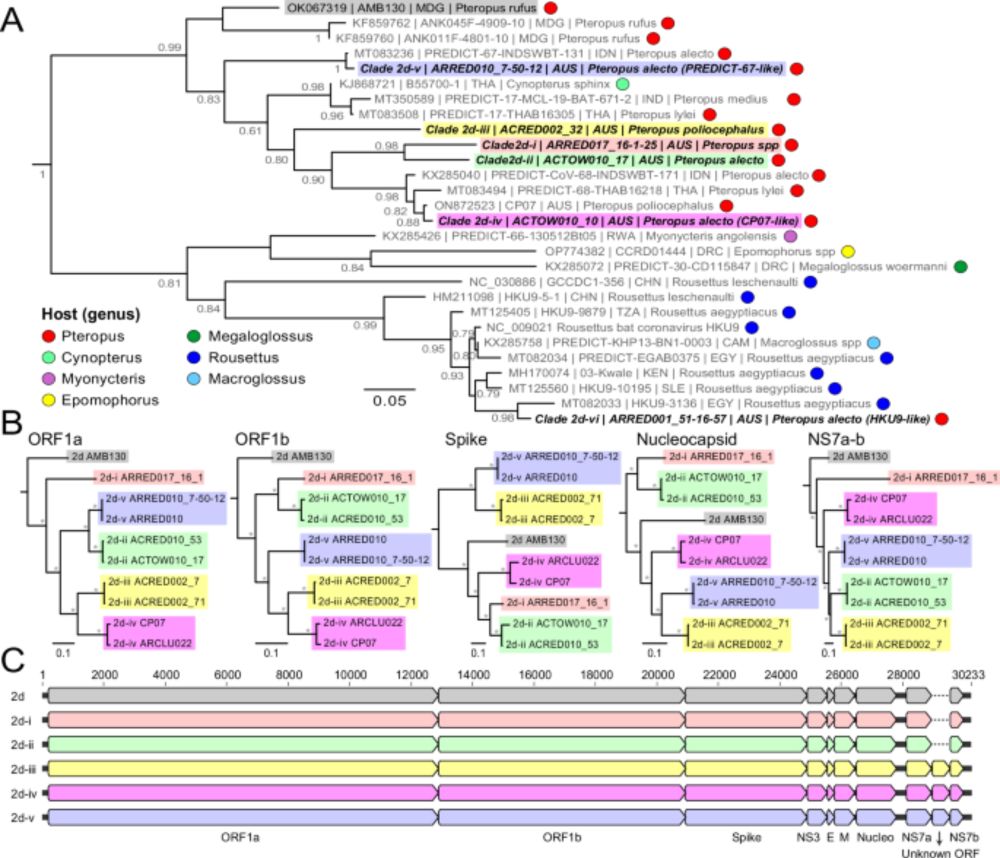
🦇 NEW RESEARCH: Our 3-year study of Australian flying foxes identified six co-circulating coronaviruses, with highest rates of infection and co-infection in young bats, and evidence of circulating recombinants 🧪🌏 🧵
Available open access in @natcomms.nature.com
📄 www.nature.com/articles/s41...

Meet Africa’s largest bat and one of the most bizarre-looking mammals on Earth — the Hammerhead Bat! Native to the tropical forests and swamps of Central and West Africa, this bat is a true night flyer with a wild twist.
🧠 Males are famous for their oversized, hammer-shaped heads.
... nice. & if you are just interested in bat vocalisations, check this out xeno-canto.org?gid=3 , growing slowly but surely.
22.07.2025 12:05 — 👍 5 🔁 2 💬 0 📌 0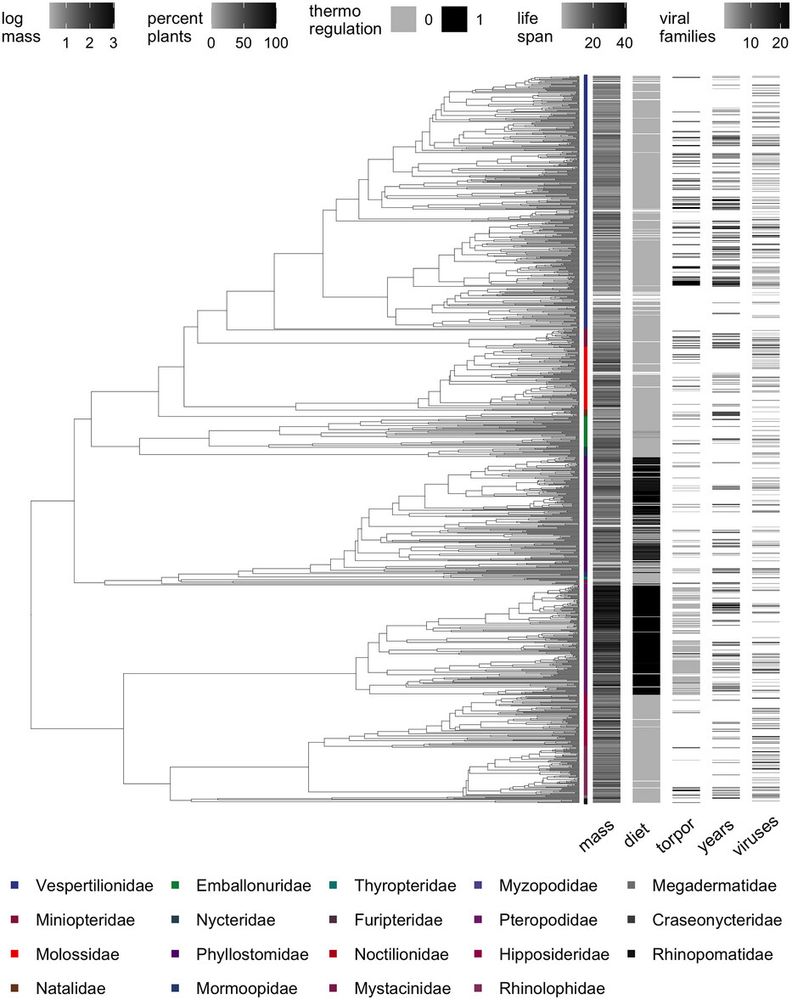
🚨 New publication out today. Bats are over 1480 species. In this latest article, we discuss the diversity within bats and their immune systems. Elegantly led by the Becker and Frank laboratories.
nyaspubs.onlinelibrary.wiley.com/doi/10.1111/...
@danjbecker.bsky.social @bat-lady.bsky.social
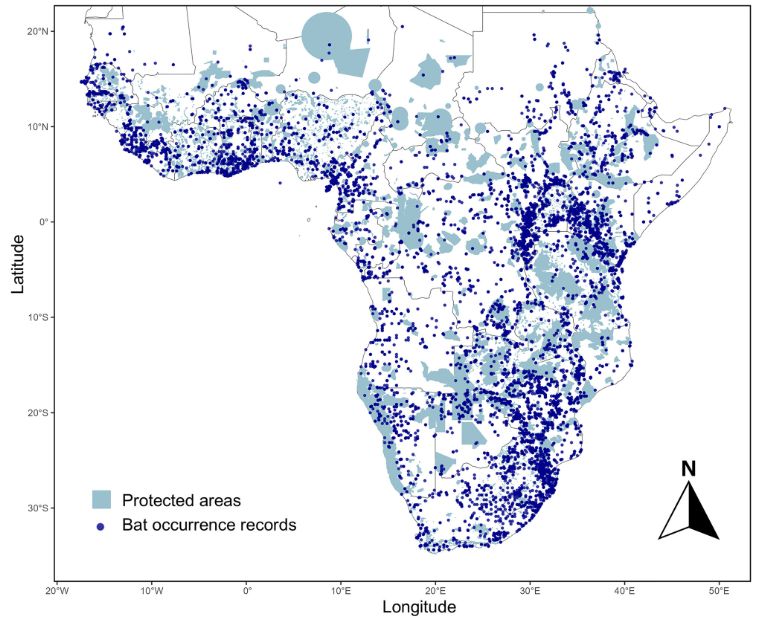
Sub-Saharan African protected areas (n = 7875) and bat occurrence records (n = 16907) of the 263 sub-Saharan bat species. Protected areas arefrom the December 2024 version of the World Database on Protected Areas layer (UNEP-WCMC & IUCN, 2024), and occurrence records were extracted from theAfrican bat database. (Figure 1 in our Conser Biol paper)
Out today in @conbiology.bsky.social, @ceciliamontauban.bsky.social led a paper in which we assessed bat representation in African protected areas. Threatened & data deficient species were absent from or rarely documented / predicted (species distribution models) in PAs (3/4) doi.org/10.1111/cobi...
15.07.2025 22:08 — 👍 7 🔁 4 💬 1 📌 0